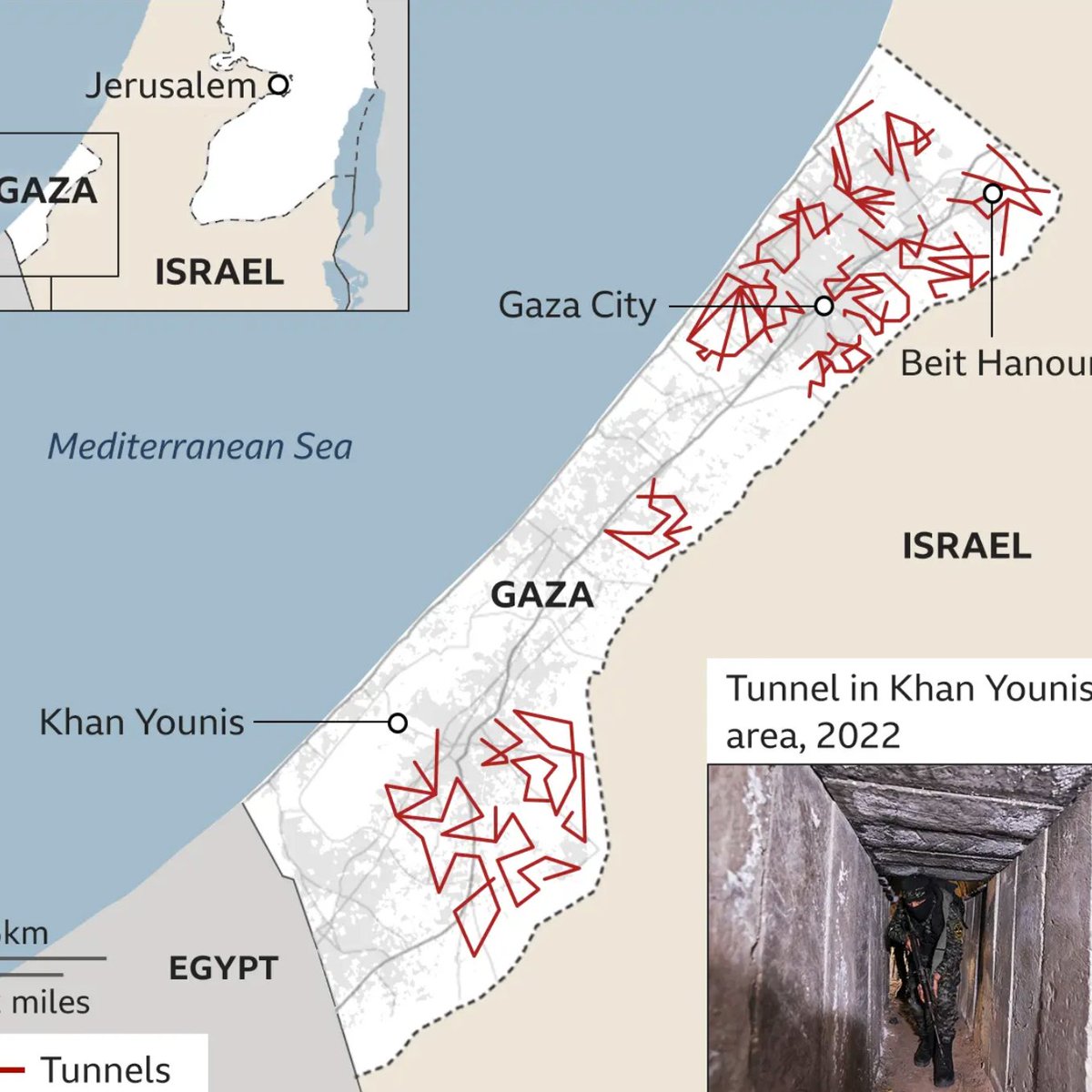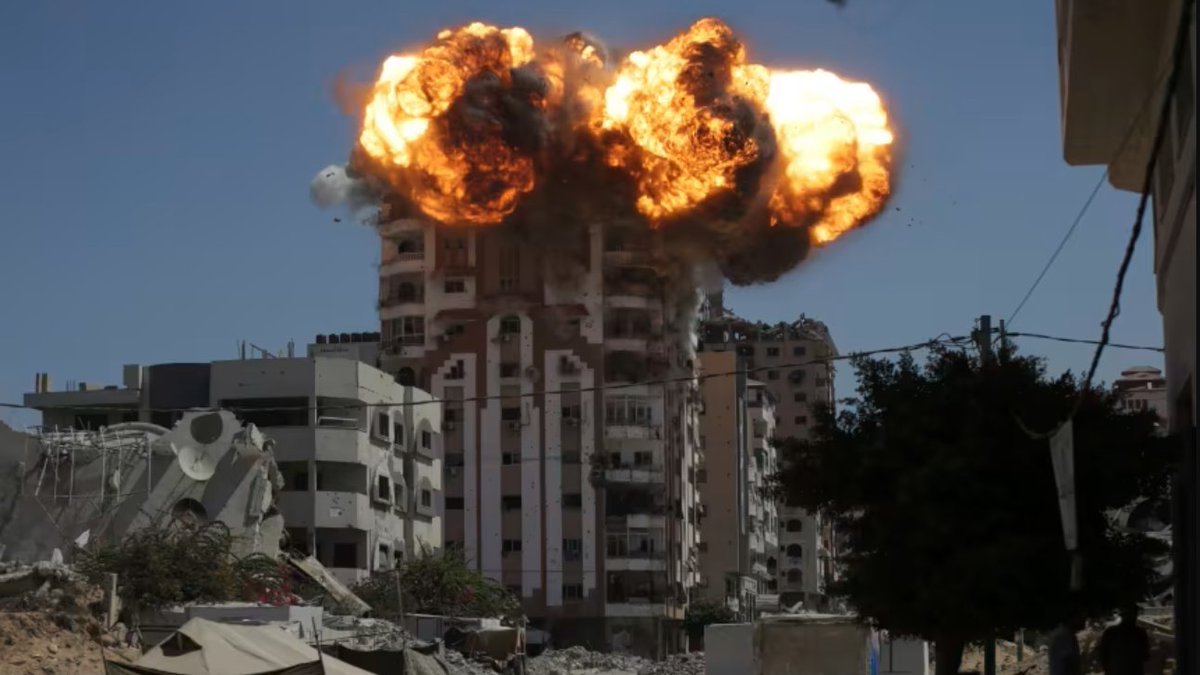What does the death of Ismail Haniyeh's 3 sons in Gaza City tell us about the state of the war, about Israel's achievements thus far, and what the plan appears to be? (my 1st ever🧵)
While underground infrastructure is found throughout the Strip, it is dense in 2 places: (1/9)
While underground infrastructure is found throughout the Strip, it is dense in 2 places: (1/9)

Two reasons:
Firstly, these areas, under Gaza City and Khan Yunis/Rafah, are the two large urban aeras, it is easiest and most critical to have such infrastructure.
Second, only in those areas is the water table deep enough to make the basic Hamas tunnels sustainable. (2/9)
Firstly, these areas, under Gaza City and Khan Yunis/Rafah, are the two large urban aeras, it is easiest and most critical to have such infrastructure.
Second, only in those areas is the water table deep enough to make the basic Hamas tunnels sustainable. (2/9)

Apart from Rafah, Israel occupied all the areas where the tunnel network was densest (and was never more than 1km from any urban location). It cleared all these areas, building by building.
(The water table issue is why Israel's initial push was up the beach.) (3/9)
(The water table issue is why Israel's initial push was up the beach.) (3/9)

With its underground infrastructure destroyed, stripped of its weapons caches and hideouts, Hamas outside Rafah is just another above-ground insurgency, and one much weaker than before, with at least half its trained fighters dead or injured. (4/9)
This is confirmed by Haniyeh's three sons—the ultimate Gaza VIP's, billionaires and terrorist—being forced to travel above ground, in daytime, with the constant buzzing of Israeli drones overhead waiting to send them to paradise.
If they travel above ground, everyone does.(5/9)
If they travel above ground, everyone does.(5/9)

The withdrawal of Israeli troops to the buffer zones and the corridor now starts to make sense.
The USA demanded a plan for the inevitable Rafah attack, and this withdrawal is stage 1. Northern and central Gaza are being repopulated, aid is flowing. Rafah is emptying. (6/9)
The USA demanded a plan for the inevitable Rafah attack, and this withdrawal is stage 1. Northern and central Gaza are being repopulated, aid is flowing. Rafah is emptying. (6/9)
Once Rafah and its surrounds are no longer crammed with displaced people, the IDF will have the ability to remove the terror infrastructure there too, as it has done in the rest of the Strip.
This will not end the war but Hamas will then be a mere above ground insurgency. (7/9)
This will not end the war but Hamas will then be a mere above ground insurgency. (7/9)

With Hamas cut off from resupply, forced above ground, under constant surveillance, and with a impenetrable buffer between them and Israel, they will not pose a threat.
Israel can let them run out of ammo or move back in to fight a regular urban war against an enemy they already defeated once in 4D battle.
(8/9)
Israel can let them run out of ammo or move back in to fight a regular urban war against an enemy they already defeated once in 4D battle.
(8/9)
At some point Israel will hold an election.
If that election is held with Sinwar alive, 100+ hostages in tunnels and Hamas still sitting pretty in Gaza, the winner of that election will be whoever can disclaim responsibly and promises to smash Hamas hardest.
Be careful what you wish for. (9/9)
If that election is held with Sinwar alive, 100+ hostages in tunnels and Hamas still sitting pretty in Gaza, the winner of that election will be whoever can disclaim responsibly and promises to smash Hamas hardest.
Be careful what you wish for. (9/9)

• • •
Missing some Tweet in this thread? You can try to
force a refresh
















